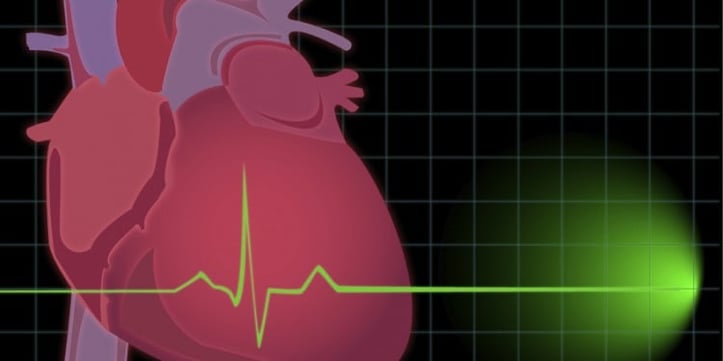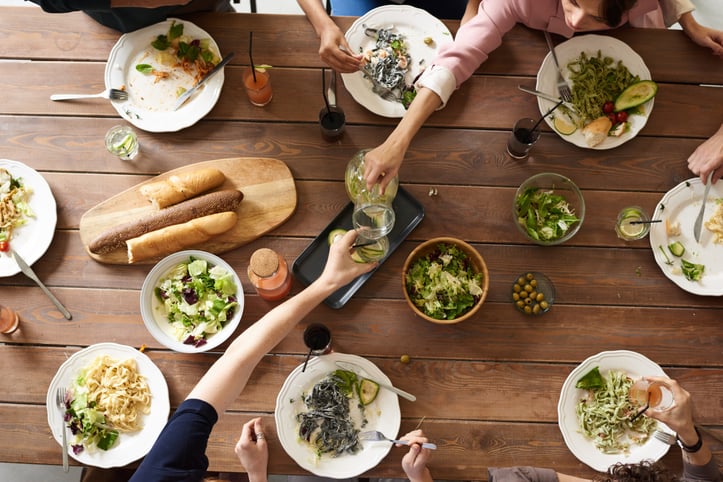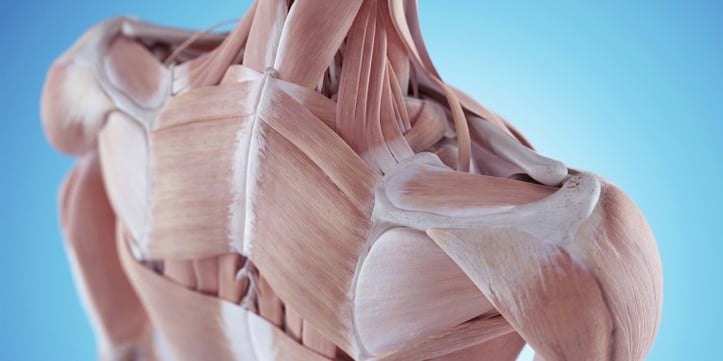The Blue Zone Diet: Science-Backed Foods to Eat for a Longer, Healthier Life

The Blue Zone Diet: Science-Backed Foods to Eat for a Longer, Healthier Life
If you’ve ever wondered how some communities defy aging—with residents living past 100 while staying active and disease-free—the answer lies partly in their plates. Known as "Blue Zones," regions like Okinawa (Japan), Sardinia (Italy), and Ikaria (Greece) share a common secret: a diet optimized for longevity. Let’s break down the science, key foods, and how you can adapt this pattern to your life.
What Makes Blue Zone Diets Unique?
Researchers like Dan Buettner, who identified these zones, found five shared dietary principles across these regions—all supported by studies from Harvard Health and the NIH:
1. 90% Plants, 10% Everything Else
Blue Zoners prioritize whole plant foods—vegetables, fruits, legumes, and whole grains—making up ~90% of their calories. For example, Okinawans eat goya (bitter melon) daily, while Sardinians rely on fava beans. A 2021 study in The Lancet linked high plant intake to a 25% lower risk of cardiovascular disease, thanks to fiber, antioxidants, and anti-inflammatory compounds.
2. Healthy Fats, Not Processed Ones
Olive oil (Sardinia, Ikaria) and nuts (especially walnuts in Loma Linda, USA) are staples. These provide monounsaturated fats and omega-3s, which Harvard researchers link to reduced LDL cholesterol and improved brain health.
3. Moderate, High-Quality Protein
Meat is rare—eaten ~5 times/month on average. When consumed, it’s small portions of grass-fed lamb (Sardinia) or fish (Okinawa’s mackerel). This aligns with a 2019 Nature study showing low red meat intake correlates with lower cancer and diabetes risk.
4. Minimal Added Sugar & Salt
Blue Zone diets avoid processed snacks and sugary drinks. Instead, they sweeten with fruit (e.g., Ikaria’s wild honey in moderation) and use herbs/spices (like oregano) over salt, reducing hypertension risk (NIH, 2020).
5. Fermented Foods for Gut Health
Kefir (Sardinia), miso (Okinawa), and sourdough (all zones) nourish gut microbiomes. A 2022 Cell study found diverse gut bacteria in centenarians, linked to better immune function and inflammation control.
The Science: Why This Works
It’s not just individual foods—it’s the synergy. Plant fiber feeds beneficial gut bacteria, which produce short-chain fatty acids (SCFAs) that reduce inflammation. Antioxidants in fruits/veggies neutralize free radicals, slowing cellular aging. And by limiting processed foods, Blue Zoners avoid triggers for chronic diseases like diabetes and heart disease.
Adapt the Blue Zone Diet to Your Life
You don’t need to move to Sardinia—start small:
- Meat as a garnish: Aim for 3-4 oz of meat 1-2x/week; focus on fish, beans, or eggs for protein.
- Fill half your plate with veggies: Try Okinawa’s "hara hachi bu"—stop eating at 80% fullness.
- Swap oils for olive oil: Use it for cooking and dressings (aim for 2-3 tbsp/day).
- Add fermented foods: Start with 1 serving/day—kimchi, yogurt, or tempeh.
A Unique Insight: It’s About Balance, Not Perfection
Many assume Blue Zone diets are rigid, but they’re flexible. For example, Sardinian centenarians enjoy red wine (1 glass/day), and Okinawans savor small portions of pork during festivals. The key? Moderation and prioritizing nutrient-dense foods most of the time.
Take Action Today
Start with one change: Add a serving of beans (lentils, chickpeas) to your lunch, or swap your morning juice for a fruit salad. Over time, these choices build a diet that supports not just longevity, but vitality—so you can thrive well into your golden years.
Sources: Buettner, D. (2012). The Blue Zones. National Institutes of Health (NIH), Harvard T.H. Chan School of Public Health, The Lancet (2021), Nature (2019).

Fit vs Fat: Decoding Health's True Ruler

Pump Up Your Heart: Science-Driven Weight Loss

Wellness Technology: Your Path to Sustainable Weight Loss

A Sensible Guide to Dietary New Year's Resolutions

Prevent Shoulder and Rotator Cuff Injuries with Corrective Exercises

Overcome Fitness Plateaus: 4 Tips for Success

10 x 10 Thanksgiving Day Circuit: A Fitness Guide

Unleash Your Fitness Potential with Kit Rich's Training Secrets

The Future of Fitness: A Guide for Beginners to Intermediates

